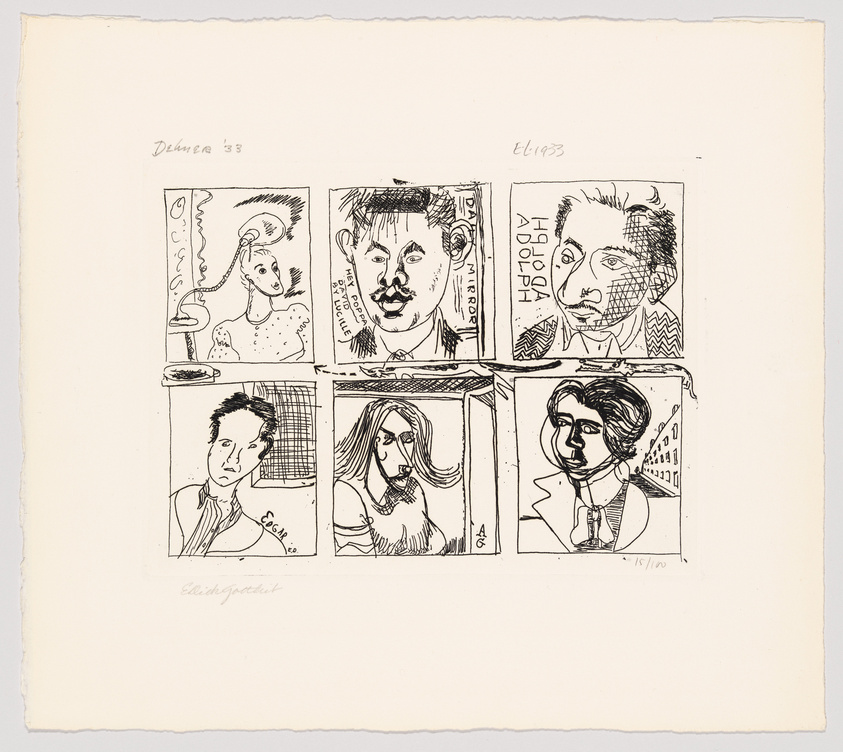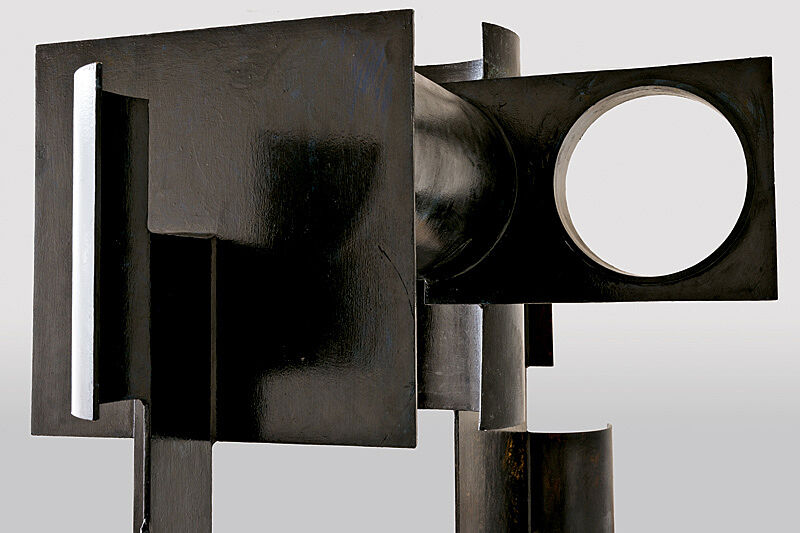David Smith, Tanktotem VII, 1960
Oct 5, 2011
0:00
David Smith, Tanktotem VII, 1960
0:00
Narrator: In Tanktotem VII, Smith again creates a tension between the sculptural object and painted surface. Sarah Hamill.
Sarah Hamill: As we walk around the work, what we notice is that the two sides do not seem to add up to a stable whole. The work is elusive. The work is difficult to understand because when we walk around it, we can't make sense of how the black and white pieces add up. On one side, they form one composition. On the other side, they form a completely different composition. Here, what we see is Smith using color to shape space.
What happens when we walk around this sculpture is that we realize that color is guiding our experience of the work and it asks us to look at it and then look at it again to make sense of how all of these different shapes combine to form an object.
Paint is not necessarily an incidental facet of the object, but it's really important to how the object relates to space.
The concave piece is a top of a boiler tank that he cut off and used in all of his Tanktotem sculptures. The "tanktotem" name comes from the cut ends of the boiler tanks, and he would order these parts and kind of keep them outside his studio and use them in different kinds of sculptures. Some of the other parts might have been found objects, they might not have been. They might have been specially cut. For instance, the arching shape on this Tanktotem might have been a piece that he cut himself, the same with the rectangle. He combined found objects in with objects that he cut himself as a way of unifying the found objects.


